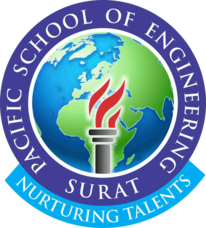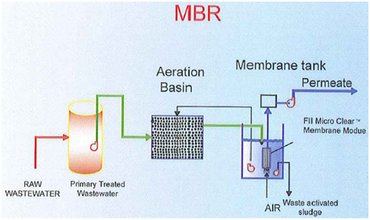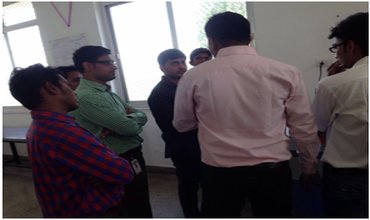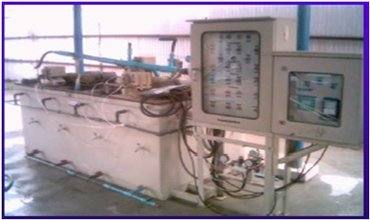
Pacific School of Engineering
Approved by AICTE,New Delhi and Affiliated to GTU,Ahmedabad
Integrated M.Sc. IT | Degree Engineering | Diploma Studies

An evaporative cooler is a device that cools air through the evaporation of water. Evaporative cooling differs from typical air conditioning systems which use vapor-compression or absorption refrigeration cycles. Evaporative cooling works by employing water's large enthalpy of vaporization. The temperature of dry air can be dropped significantly through the phase transition of liquid water to water vapor (evaporation), which can cool air using much less energy than refrigeration. It work on principle of; As water is evaporated, energy is lost from the air, reducing the temperature. Two temperatures are important when dealing with evaporative cooling systems. Model on an indirect evaporative cooling system; would be developed for the cooling purpose in the dry system.

According to the World Bank, the world currently generates about 4 billion tons of all types of waste per year. The world cities generate about 1.5 billion tons of solid waste per year.so we select this project to try to provide possible solution for municipal solid waste and decrease pollution in environment. Purpose: - The Energy from waste is about taking waste and turning it into a useful form of energy. This can include electricity, heat and transport fuels etc. This can be done in a many types of way and process. And it is decrease environmental pollution.

The textile industry, a major consumer of water for its different wet processing operations, is also a major producer of effluent wastewater containing organic surfactants, salts, acids, alkalis, solvents and the residual dyes. In order to achieve final discharge norms of such an effluent, convention treatment are already exists and performing quite satisfactory. In view of reuse of huge quantum of textile effluent in a process, tertiary treatment, mainly ultrafiltration (UF), reverse osmosis (RO), multiple effect evaporator (MEE) are being successfully implemented by various textile industries, individually. Our project will mainly address the treatability of common effluent treatment plant (mainly comprises of sequential batch reactor (SBR)) treated textile effluent, which received from cluster of 38 textile units located in Gujarat Eco-textile Park Pvt. Ltd (GETPL), Baleshwar, Palsana of Surat district, India. Several experiments will be conducted to investigate purification and reuse of CETP treated textile cluster derived effluent in a pilot plant of capacity 5 m3 /hr at GETPL. Pilot plant will be installed at GETPL within six months. It mainly includes tertiary treatment component, i.e., ultra filtration and reverse osmosis module.

The company name J K Food Grade Industries situated at Sarathi Industrial park, village-sanki, Ta-palsana, surat. The company is around 1 year in business experience. The company manufacture various products of fryums. The aim of this project to modify one tank with continuous agitation which reduce settling of salt at bottom.

The control of water pollution has become of increasing importance in recent years. Regulators are looking for toxicity due to high salt content, biochemical oxygen demand (BOD), chemical oxygen demand (COD), heavy metals, and colour of the effluent. Currently, textile effluent is being treated using physico-chemical methods. Such methods are often very costly and although the pollutants are removed, accumulation of concentrated sludge creates a disposal problem. Using the dual technique of backflushing –chemical cleaning and providing cylindrical cage with wire mesh, fouling is prevented to maintain constant flux.

Rhodamine B is a Cationic Xanthene Dye, Florescent Dye or Nylon Dye. It colour is Pink. This Dye is containing Substitution Ketone and Nitro group. Solubility in water is 1mg/ml. Rhodamine dyes are used extensively in biotechnology applications such as fluorescence microscopy, fluorescence correlation spectroscopy, paper industry, Ink manufacturing industry. Manufacturing Reaction of Rhodamine B is between Di Ethyl Amino Phenol and phthalic anhydride. We have study about manufacturing process parameter of Rhodamine B for Improving the Yield and Reducing Excess amount of phthalic anhydride.

In manufactures the sulphamic acid during the process, scrubber through SO3 gas liberate the atmosphere. So these SO3 undesirable gases are reducing. The SO3 gas is hazards and it is pollute the atmosphere. In mfg. Of sulphamic acid SO3 gas are pass through the scrubber. In scrubber NaOH catalyst are use and some amount of SO3 react with the catalyst end of last remain gas is pass through stake in atmosphere


